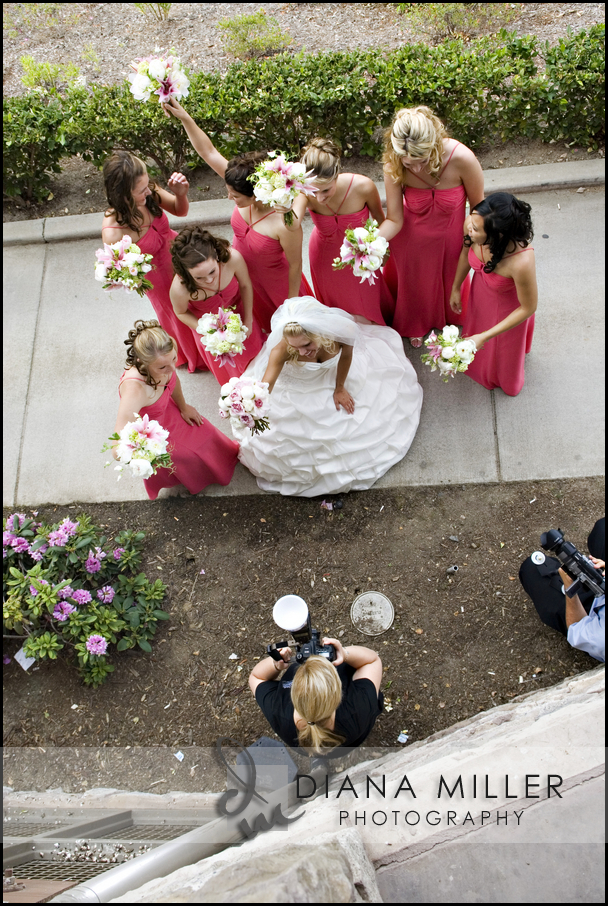1. Flashes on camera’s don’t illuminate subject matter. OK, they do, but that’s now how they actually work. The way flashes work with cameras is the flash will throw light on your subject and the light that bounces back is what your camera records. The further your subject, the more powerful flash you need.
2. Every flash photograph is two exposures. The flash only fires once the shutter opens, during that time ambient light is also recorded. Because the flash is not effected by shutter speed, keeping the shutter open longer will not illuminate your subject any more; it will however cause more ambient light in and open up the possibilities to blurred photos. Flash photography is affected by ISO settings, the higher ISO the more effective your flash becomes at any given distance.
3. Flash illumination efficiency is dramatically affected by distance. At a certain point, your flash simply doesn’t have enough power to effectively illuminate and reflect light back to your camera. While you can adjust your ISO (digital shooters) and aperture to help compensate, you simply can’t expect your flash to work outside of its working range.
4. Maximum flash sync of 1/200th. All cameras with a shutter box in them, which excludes point and shoots, have a maximum shutter sync speed of 1/200th of a second, with a few exceptions of specific models. This is important to know when you are trying to utilize a specific shutter speed to stop action.
5. Understanding the Guide Number. The guide number for an electronic flash is a way of quantifying its maximum output in terms that a photographer can relate to – aperture and distance. The guide number (GN) is the product of the aperture (f/ stop) and distance (from flash to subject) combination that will result in enough light for proper exposure. Often times the price of a flash is in direct relationship to the guide number; the higher guide number the more illumination at a further distance it will have.
6. Bouncing the flash. Light will reflect and refract off of objects and often times a straight on flash will not give the desired results, especially when shooting people. You can soften the light from the flash by bouncing it, most commonly off a ceiling. Angle your flash head at 45 degrees or off a wall at 45 degrees for a side bounce. When there is no ceiling or wall to bounce off of, a modifier like an Omni-Bounce by Stofen can help diffuse the light and simulate a ceiling.
7. Get the flash off the camera. Moving the flash off the hot shoe by utilizing a flash bracket has two main advantages. When shooting people, moving the flash further away from the lens will near totally eliminate all chances of red-eye. Secondly, most all flash brackets have a pivot point in them, a hinge if you will. This allows them to rotate 90 degrees so the flash stays above the lens when shooting vertically, giving you a more pleasing shadow and voiding the side flash.
Shooting with a flash can be fun and rewarding, but understanding the basics of how they work and when to use them is essential. Like all other gear, reading the manual is the first step in learning how to use your flash best.



